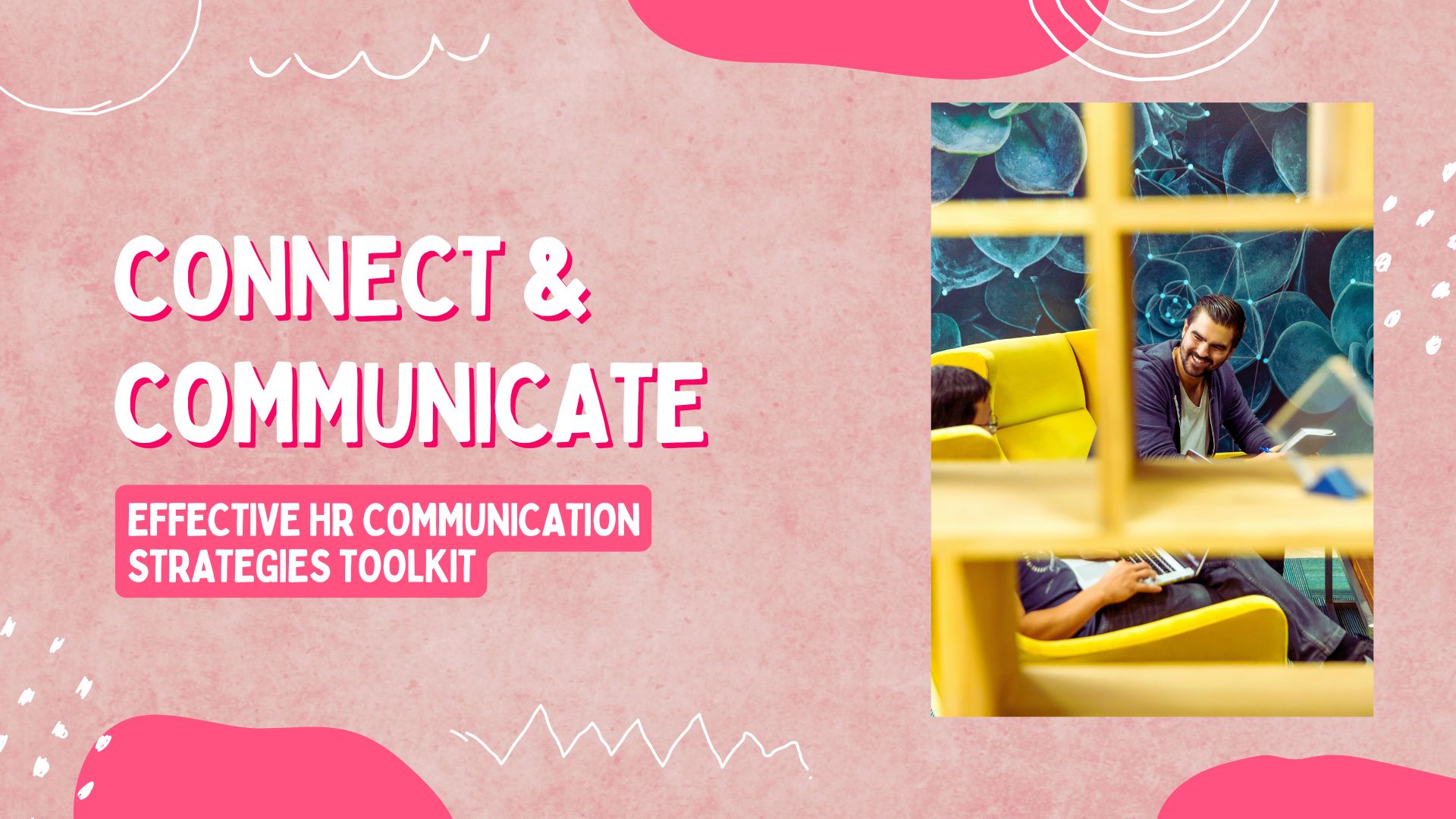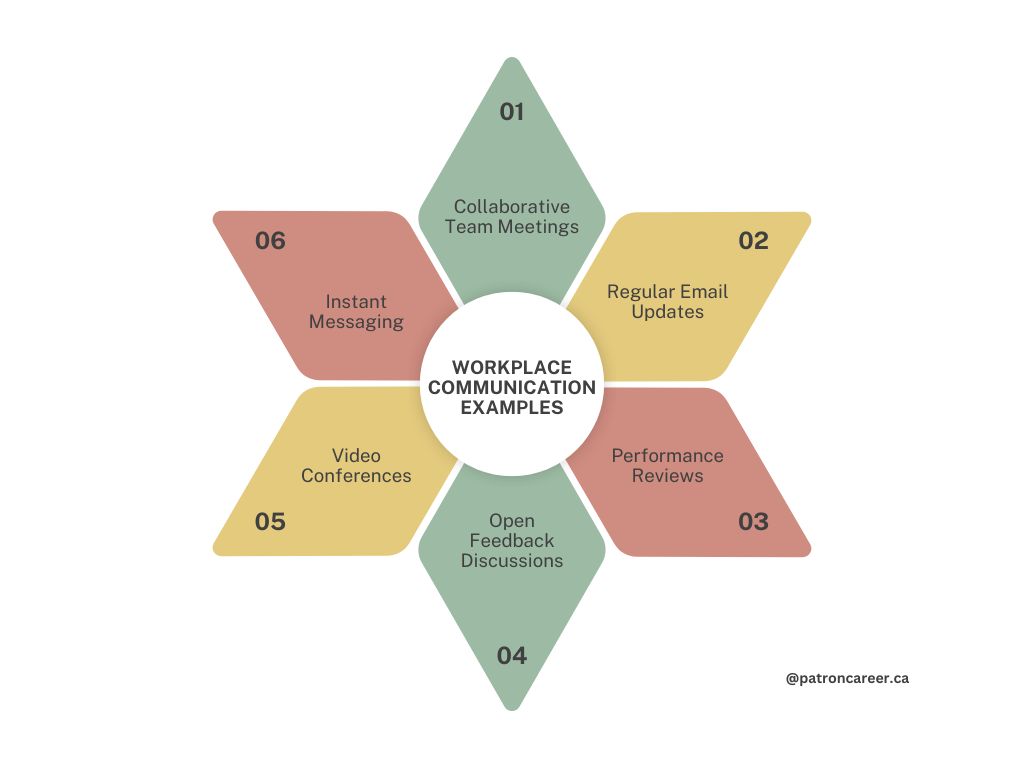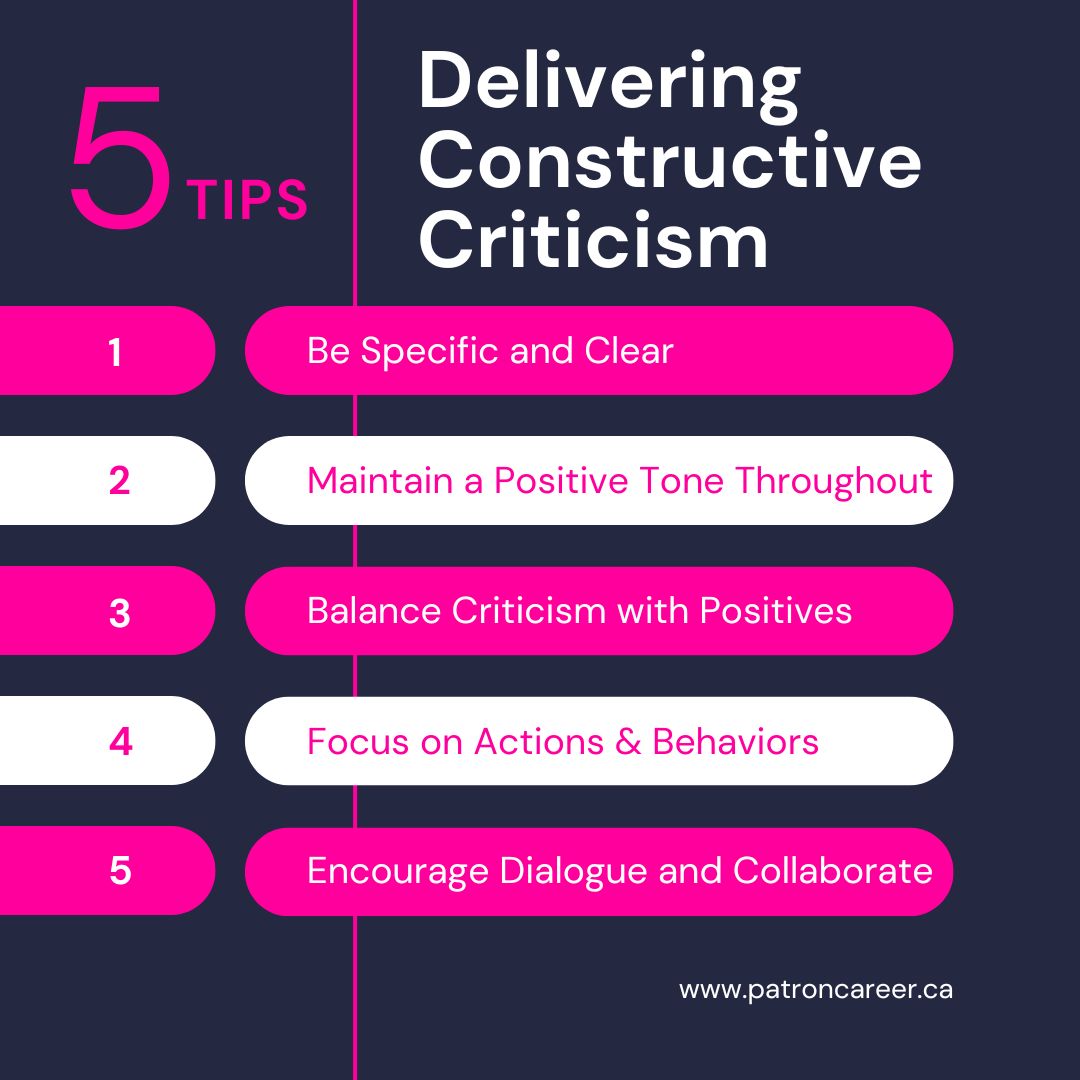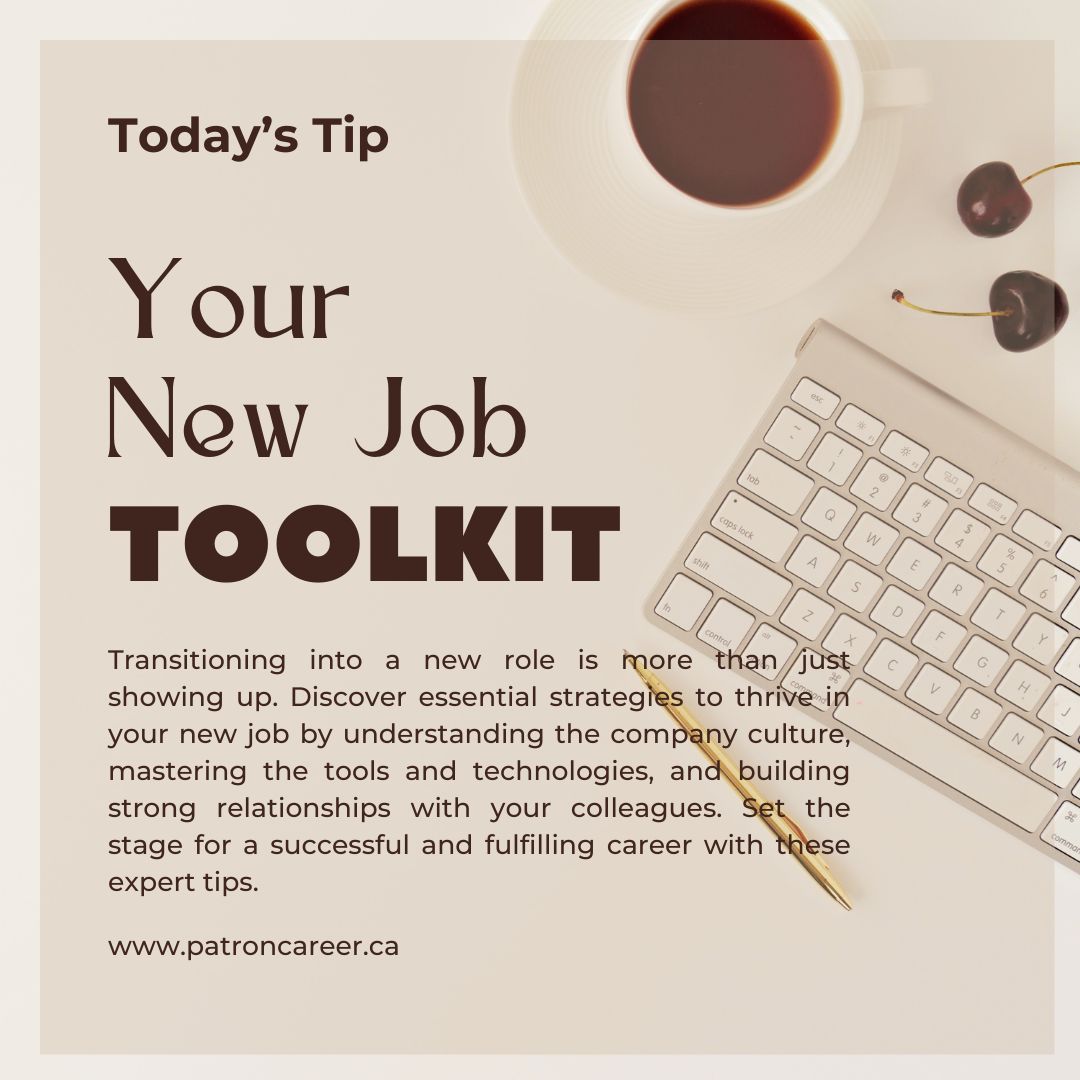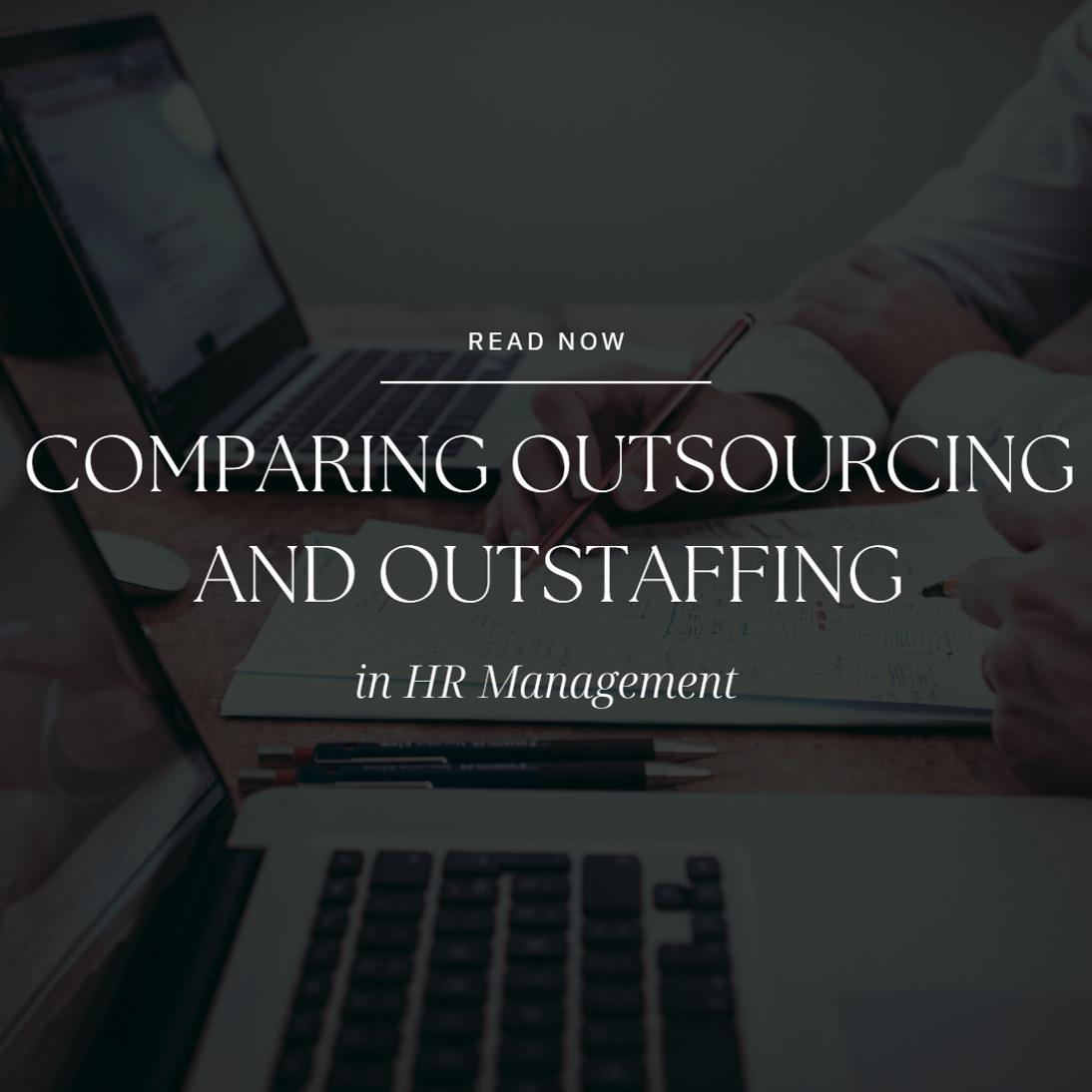Effective Communications and HR: Bridging Gaps
The demand for effective communication in this interconnected world is rising more than ever. Whether it’s bridging the gap between teams ensuring alignment with company goals or clear conveyance, communication is the backbone of any successful organization. HR is usually rendered with the responsibility of managing connections, enhancing collaboration and building trust in workplace communication for easier communication. Mastering the art of communication is therefore quite vital for HR professionals as it is the bedrock of a thriving workplace culture.
Communication isn’t just a byword for exchanging information- it's about understanding emotions, and intentions, and fostering a culture of openness. Below, we cover what effective workplace communication truly means and provide top techniques that HR professionals can use to enhance communication within their organizations.
What is Effective Workplace Communication?
Effective workplace communication is more than just the exchange of information. It seeks to uphold and fulfil a delicate balance to avoid confusion. It involves conveying messages clearly and concisely while ensuring the intended meaning is understood by all parties involved. This type of communication minimizes misunderstandings, fosters collaboration, and helps to build a strong organizational culture. In a workplace setting, effective communication includes verbal, non-verbal, body language, and written interactions that occur between employees, teams, and management. It's about creating a dialogue that encourages feedback, active listening, and the sharing of ideas. For HR professionals, the goal is to create an environment where employees feel heard, valued, and motivated to contribute their best work.
Related: 9 Communication Strategies to Better Engage Candidates
Top 5 Practices for Effective Communication at Work
Let's look at some of the useful techniques that can give you an edge in communicating at work:
1. Active Listening: Hear What’s Not Being Said
Active listening is one of the most important skills in effective communication. It involves fully concentrating, understanding, responding, and then remembering what is being said. For HR professionals, practicing active listening means paying attention to the words spoken and the emotions and intentions behind them. This helps build trust and demonstrates to employees that their thoughts and feelings are valued. Encourage employees to share their ideas and concerns without fear of judgment, and reflect on their input to ensure understanding.
Tip: During conversations, focus on the speaker without distractions, and ask clarifying questions to ensure understanding.
2. Clear and Concise Messaging: Less is More
Clarity and conciseness are key components of effective communication. When messages are clear and straightforward, there is less room for misinterpretation. HR professionals should strive to deliver messages that are easily understood, whether communicating company policies, performance expectations, or changes within the organization.
Tip: Avoid jargon and overly complex language; instead, use simple words and phrases to convey your message.
3. Non-Verbal Communication: Reading Between the Lines
Non-verbal communication plays a significant role in how messages are received and interpreted. Body language, facial expressions, gestures, and even silence can convey powerful messages. HR professionals must be aware of their non-verbal cues and be adept at reading those of others to understand underlying emotions and attitudes.
Tip: Maintain open and approachable body language, and observe the non-verbal signals of employees to gauge their engagement and comfort levels.
4. Feedback Culture: The Power of Constructive Criticism
A feedback culture is essential for effective communication. Constructive feedback helps employees understand their strengths and areas for improvement. It fosters an environment of continuous learning and growth. HR professionals should promote regular feedback sessions that encourage open dialogue between managers and employees.
Tip: Use the "sandwich" method—start with positive feedback, address areas for improvement, and conclude with encouragement.
5. Utilizing Technology: Bridging Communication Gaps
In today’s digital age, technology offers various tools that can enhance workplace communication. From instant messaging apps to video conferencing platforms, technology can bridge communication gaps, especially in remote or hybrid work settings. HR professionals should leverage these tools to facilitate seamless communication and collaboration among employees.
Tip: Implement communication tools that suit the organizational structure and encourage their use for team collaboration and information sharing.
The Role of HR in Effective Communication
HR professionals are the linchpin in establishing effective communication within an organization. They are responsible for creating communication policies, providing training, and ensuring that all employees have the necessary tools to communicate effectively. By fostering an environment that values open communication, HR can help build a positive workplace culture that drives employee engagement and productivity.
Speak & Succeed: Building a Culture of Communication
By now you understand why communication tactics play a major role in a company’s success. Though there is a constant flow of information between employees and HR at work, the differentiator is how it takes place. As an HR communicator, you don’t wish to make employees feel left out on company information and other relevant news. With that in mind, commit today to making effective communication a cornerstone of your company strategy.

